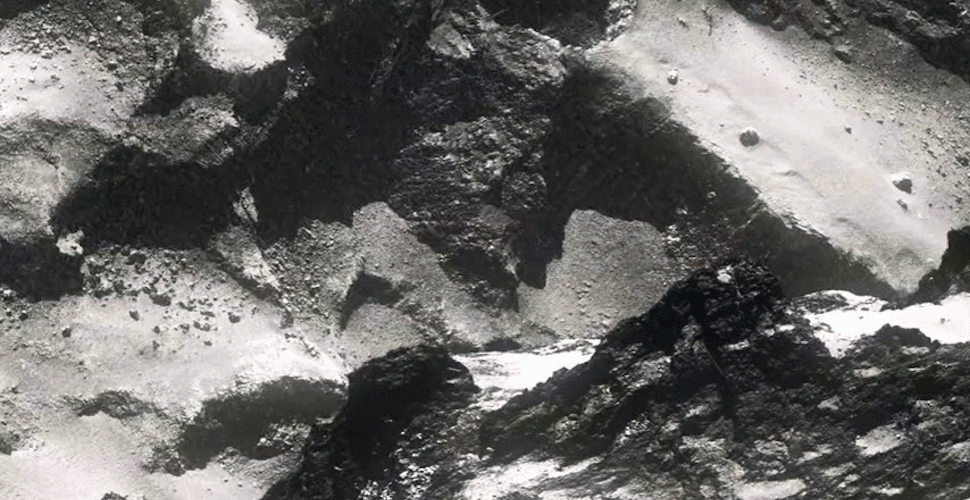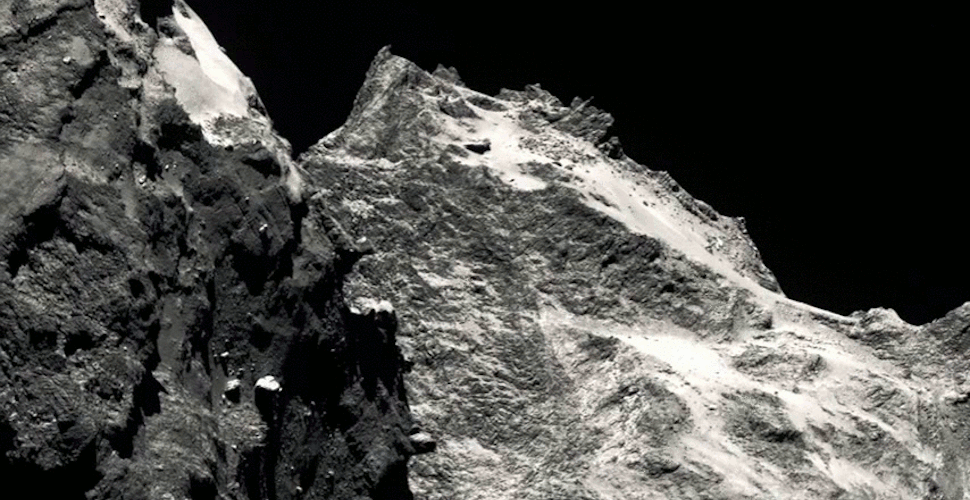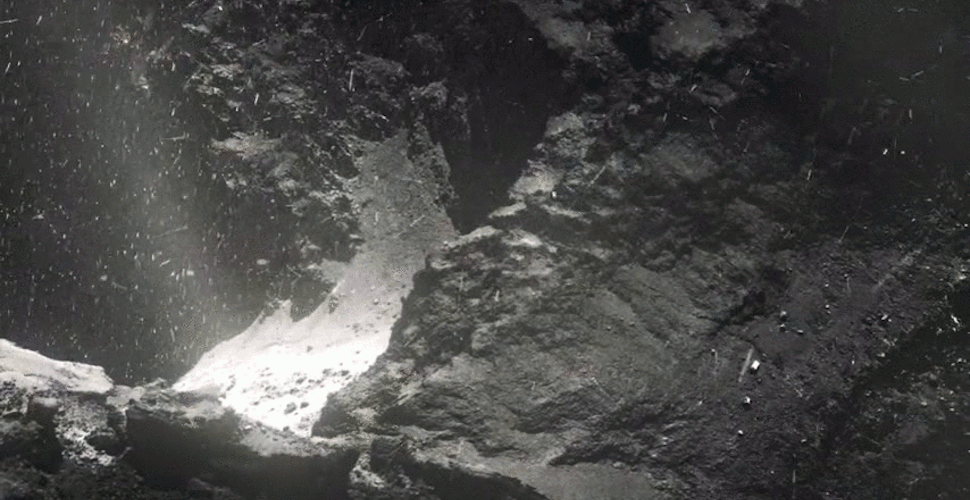martian-computing
CS 498MC Martian Computing at the University of Illinois at Urbana–Champaign
hoon.hoon

Learning Objectives
- Deep dive through
hoon.hoon.
In this lesson, we will examine some other interesting aspects of hoon.hoon besides the parser. hoon.hoon is relatively old code stylistically; its organization corresponds to the documentation in having chapters like 4m: formatting functions.
The Base Types of Hoon

The Hoon type system recognizes only a few core types. +$type (formerly $span) encompasses important specific types for parsing and representing data in the ASTs.
+$ type $~ %noun ::
$@ $? $noun :: any nouns
$void :: no noun
== ::
$% {$atom p/term q/(unit @)} :: atom / constant
{$cell p/type q/type} :: ordered pair
{$core p/type q/coil} :: object
{$face p/$@(term tune) q/type} :: namespace
{$fork p/(set type)} :: union
{$hint p/(pair type note) q/type} :: annotation
{$hold p/type q/hoon} :: lazy evaluation
== ::
These are:
nounvoidatomwith text auracellof+$typeand+$typecoreof environment+$typeandcoilmapping core name togarb(name, wet/dry, and variance), context, and chaptersfaceof name wrapping+$typeforkof+$typeshintannotating subject and+$typeholdof subject+$typeand continuation AST for lazy (deferred) evaluation
If there are other types you encounter in hoon.hoon which are opaque to you, consult +$hoon for a catalogue.
Prettyprinting

Prettyprinting is the process of rendering internal data in a legible way for the user or for other programs. The ++ut arm of the compiler in hoon.hoon provides prettyprinter support.
Hoon adopts a convention whereby any atom is uniquely determined by its representation; that is, ~.1, .1, and .~~~1 are all different floating-point numbers and it is easy to tell which kind. There is no ambiguity in either parsing or printing these values.
To pretty-print an atom, the aura is of course taken into account. Hoon supports a lot of this, but of course the Dojo stack contributes as well.
To pretty-print a value, Hoon generates a +$plum:
+$ plum
$@ cord
$% [%para prefix=tile lines=(list @t)]
[%tree fmt=plumfmt kids=(list plum)]
[%sbrk kid=plum]
==
which may be a simple cord; a wrappable paragraph; a formatted plum tree; and an indication of a nested subexpression. Then standard tang, tank, etc. are used to produce the output, just as with other structured output. Ultimately, these are output by ++plume, the prettyprinter itself.
++ plume
|_ =plum
+$ line [indent=@ud text=tape] :: a line, indented by `indent` spaces
+$ block (list line) :: a sequence of indented lines
++ flat :: print as a single line
++ tall :: print as multiple lines
++ adjust :: adjust lines to right
++ prepend-spaces :: prepend `n` spaces to tape
++ window :: print as list of tabbed lines
?@ plum [0 (trip plum)]~ :: trivial text
?- -.plum
%para :: line-wrappable paragraph
%sbrk :: nested subexpression
%tree :: render text tree in tall mode
==
++ backstep :: render using backstep indentation
++ rune-inline-with-block ::
++ running :: render tall hoon w/ running indentation
++ core-like :: prefix by tape
++ linear :: render onto single line
?@ plum :: just a cord
?- -.plum ::
%sbrk :: wide mode
%para :: wrappable text paragraph to line
%tree :: render text tree to single line
==
--
For instance, to pretty-print a single-precision floating-point @rs, the Dragon-4 algorithm is used to convert to a decimal representation:
> (@ub .3.1415926535)
0b100.0000.0100.1001.0000.1111.1101.1011
> (@ux .3.1415926535)
0x4049.0fdb
> (rlys .3.1415926535)
[%d s=%.y e=-7 a=31.415.927]
This is then consumed by ++plume to produce the atom form.
Other Blocks
There are some other chapters of interest in hoon.hoon. Take a look at the following:
2n: functional hacks3c: urbit time4n: virtualization(best read after Vere and Nock sections)
